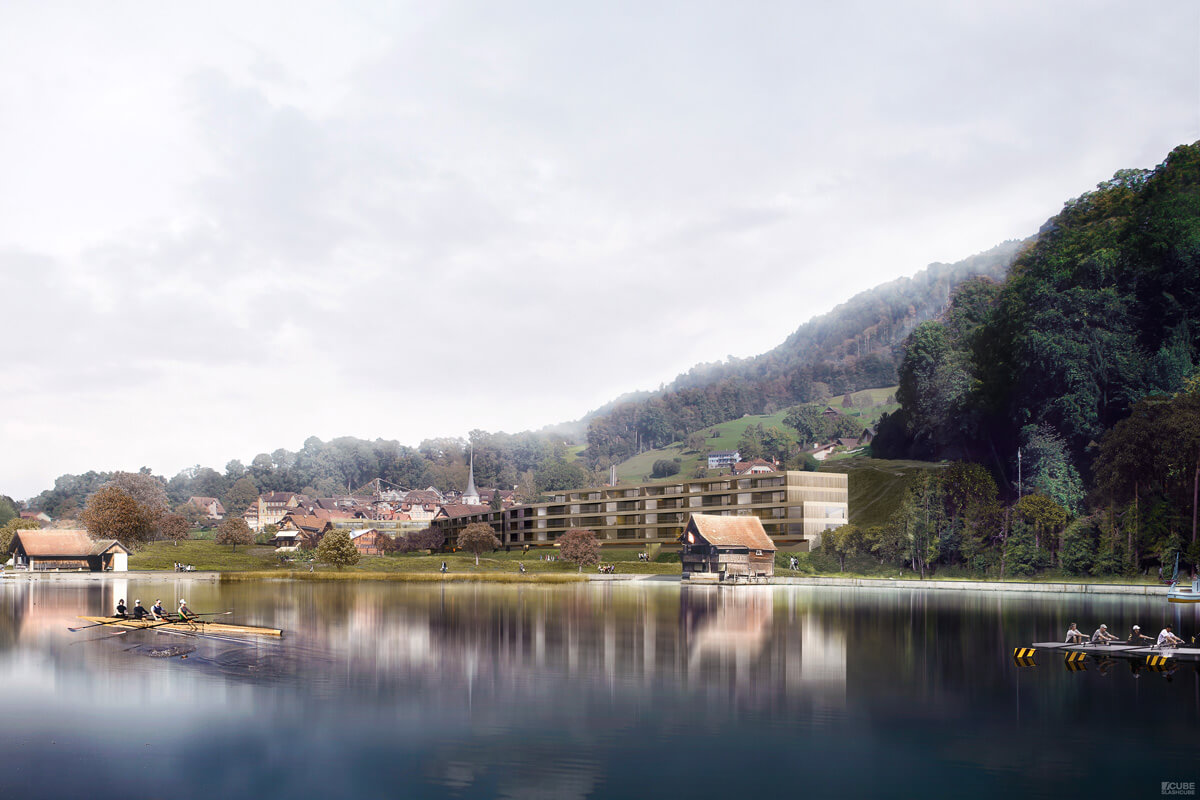
Thomas Vournazos, a newly Swissed Greek, has a tendency to see things rather differently from the rest of us... Imagine stepping into the Slashcube Studio and finding yourself on Mars.
The landscape is bleak and you are completely alone. You take teetering steps away from your Mars mobile and as your confidence mounts, you venture further away in leaps and bounds in this low gravity environment. There are craters to explore and ridges loom above you.
Thomas is the founder and Art Director of Slashcube. Then, by asking if you would like a coffee, he shakes you out of your reverie. You take off your virtual reality goggles and step back into a setting as unlike Mars as possible; office surroundings on planet Earth. The Studio is welcoming and housed in an old building dating from 1885 in Zürich. Award-winning images of their architectural work adorn the walls.
Slashcube is a Swiss visualization company located in Zürich
The idea for Slashcube was conceived in Greece but only realized in Switzerland. The name is derived from the computer backslash and cube which is the most acknowledged object in three-Dimension (3D). Thomas and his teammate, Leandro De Oliveira, both qualified architects, do architectural visualization and are 3D artists.
They take projects from Swiss as well as international architectural studios, for competitions, commissions and real estate branding. They process and produce unique 3D computer images, taking into consideration all the factors which comprise the design, such as the concept itself, the surroundings, its location and of course the clients’ needs. They produce a unique brand of images, easily identifiable as theirs and have won several accolades for their projects.
For instance, this Paris apartment was entirely visualized in 3D:
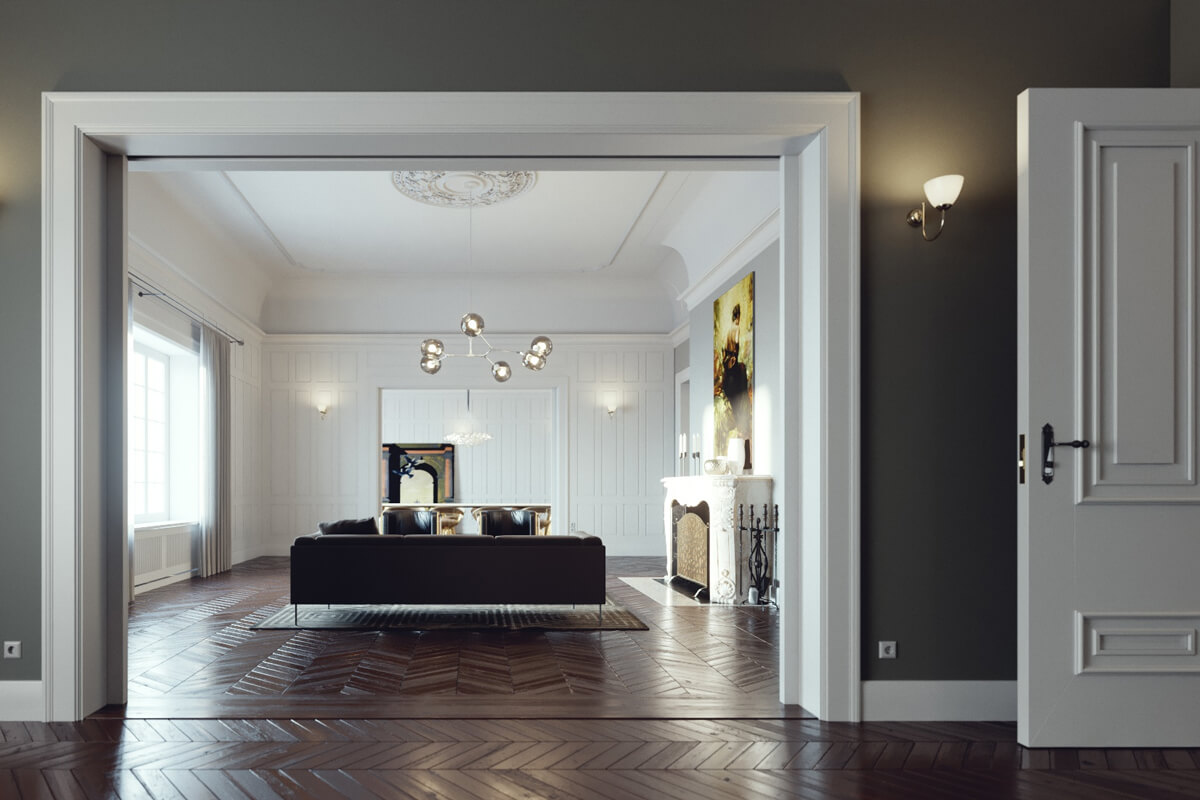
Thomas states that although he was trained as an architect, he is not patient enough to develop a project architecturally from its initial concept to completion. (This normally takes one to two years.) He prefers visualization as he is able to finish the product within a few weeks. He can then move on to the next interesting project. "It is like reliving, again and again, your first date with the one you love," he grins. "That makes it so fascinating and attractive."
Image Conjurers
As such it is not architecture per se but a different kind of design. The team at Slashcube are visualizing the final product which the architect had envisioned and designing the image of how it would be when completed. They build, direct, compose and frame an image that is for architecture, incorporating all the correct proportions and scale. They make the finished product more attractive by intervention.
"Imagery is a word I prefer and always liked," declares Thomas. "It is something personal, something that develops out of your character as your idea about how things should be presented. Visualization is a more technical term, as it involves simply the transfer of two dimensional information and plans into a three dimensional image. But we are not just technicians, we are also artists."
"We imagine how the information that we receive can be combined with the things that we like, so as to be able to impress as much as possible, as the job that we do is to inspire and convince others. We need to ensure that our images evoke emotion or memories and allow others to connect with them personally."
The London Holocaust Memorial by Zaha Hadid Architects+Anish Kapoor
One of their latest projects translates his meaning perfectly: The Holocaust Memorial in London for Zaha Hadid Architects, a Pritzke Prize Award winner along with Anish Kapoor, a famous British sculptor. They had to create imageries to intensify the design direction of both the Architect and the sculptor himself. The Jewish tradition has that people leave a piece of stone on the grave of the dead, to keep the soul down in this world, to protect them and protect them in the afterlife.
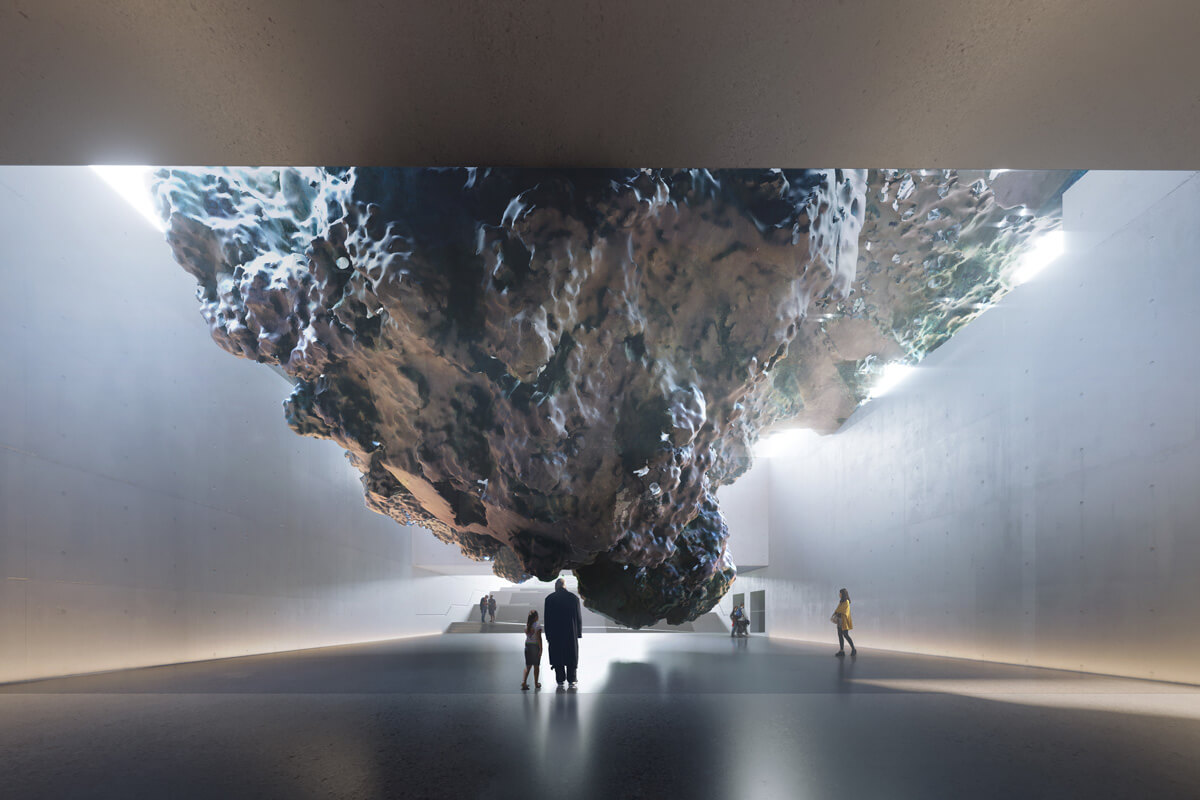
Virtual Reality
To stay on top of their game, Slashcube realized that they had to innovate and showcase their product more competitively. As such, they decided to experiment with virtual reality technology. Visualization has evolved in the last ten to fifteen years to become an essential tool to communicate to a vast majority of the viewers.
Visualization is now being used to sell a lifestyle as it is becoming more and more accessible. "What was deemed crazy thirty years ago, is now quite commonplace. It could very well be that in 10 to 15 years, we may all even have virtual partners whether we need them or not!" muses Thomas.
Slashcube succeeds as it applies a good mixture of reputation, innovation and artistic talent. Architects give them quite a free hand as to how to conceptualize their ideas and know that they will be able to deliver it with relevance.
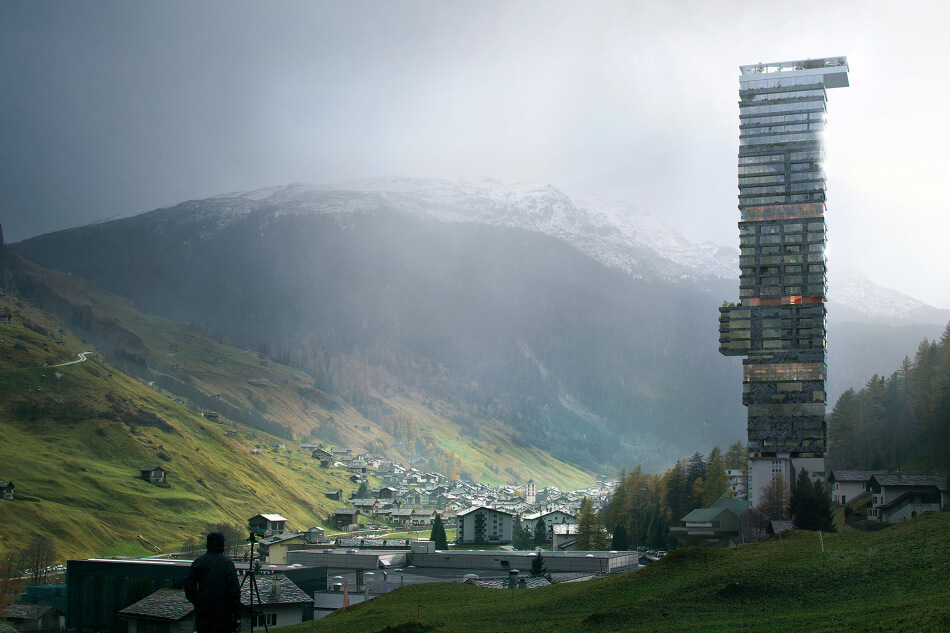
"Once, we had to collaborate with another visualization studio for a project in Vals. The architect was Norwegian and the competition was for the Hotel 7132, the most expensive five-star hotel in Europe. Our task was to provide a stormy, foggy and dramatic background image of Vals, mainly to be used for the renders."
"Finally, the competition entries were not approved by the Vals authorities, but our photo went viral. From these insider photos, you can see how challenging our projects can be," he chuckles.

"There are other companies doing this but we are using more than algorithms and mathematics to produce our images. It is our interpretation that sells the images. You can love or hate the same design based on different interpretations of the idea," he states.
Virtual reality technology is still in its infant stage but evolving at a rapid pace. The potential for virtual reality technology is huge. It is necessary at first to familiarize and be comfortable with its processes. If one is not comfortable with this tool, the development process could be a painful one. Even now it is difficult to work for long hours at a time with the current hardware.
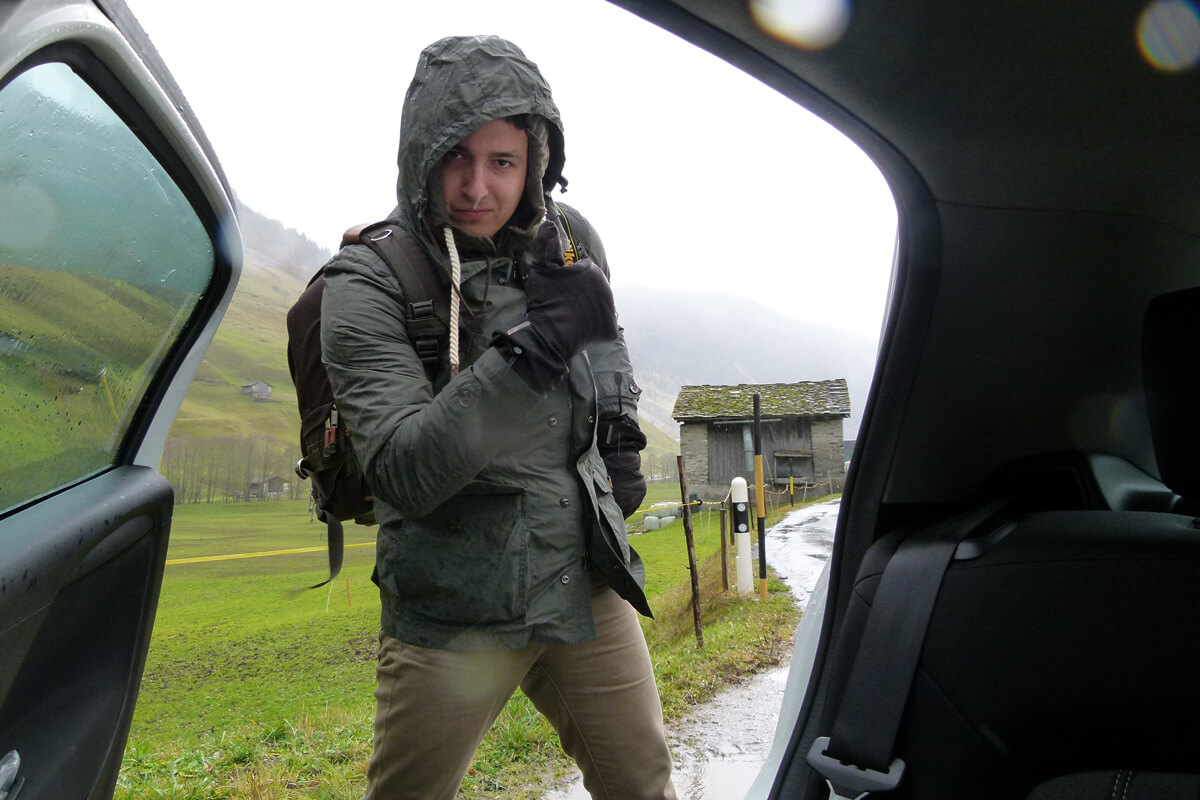
However, Thomas envisions that this would evolve to become no larger than a chip or a lens which could be inserted into the body and then it could be possible that at the touch of a button, one switches from the real to the virtual world. It could become an addiction as there are already communities which are virtually living inside their computer images.
These communities are able to manipulate their relationships to their own liking as they do not have to deal with real people. The social media has already proven how easy it is to convince others. There are already known mental health problems resulting from this and this could lead to further social problems as people become more isolated from reality.
An engine to the future
However, Thomas views virtual reality technology strictly as a tool to improve the image enhancing process. It will still take some time to educate their architect clients to use this toolbox. Nevertheless, he feels this is the path to the future.
He has tried introducing a small sample using the "unreal engine" software, an idea adapted from the gaming industry, to his clients. The viewer takes the final result, installs it on his computer and actually plays it like a game. He can go inside the 3D environment and engage with it; walk up and down the building, rearrange the furniture or even destroy what he does not like. At the moment, it is a time-consuming process as most of his clients are not familiar with this tool. He has to set it up for them and explain its complex operations to all levels of the pipeline - the architects and their clients.
Here is an example of what this looks like in practice:
Thomas imagines that virtual reality will change much of our world as we see it today. It could be that virtual conference rooms and even office buildings will become commonplace. One could do virtual work from home and even that could be virtual. Architects may be designing virtual buildings in the future. We would need regulatory bodies to control these virtual spaces as these would also have to be purchased.
Perhaps we would have two different lives – a real life and a virtual one. We could be swimming in a normal swimming pool but using our virtual lenses, we will be swimming in a Hawaiian sea and our fellow swimmers turned into fishes. We would have to learn how to interact with others virtually as hitherto the virtual world has been an isolated one. There may even be a likelihood of living virtually forever. Mind-boggling thoughts!
Thomas does not envision that there would be a reduced need for manpower as people will still have to have their real needs for housing and sustenance, as well as the need to build and regulate the virtual reality equipment and environment. "It may even require more jobs due to having double tasks to do," he adds with a grin. At the moment it is impossible to predict how things will turn out.
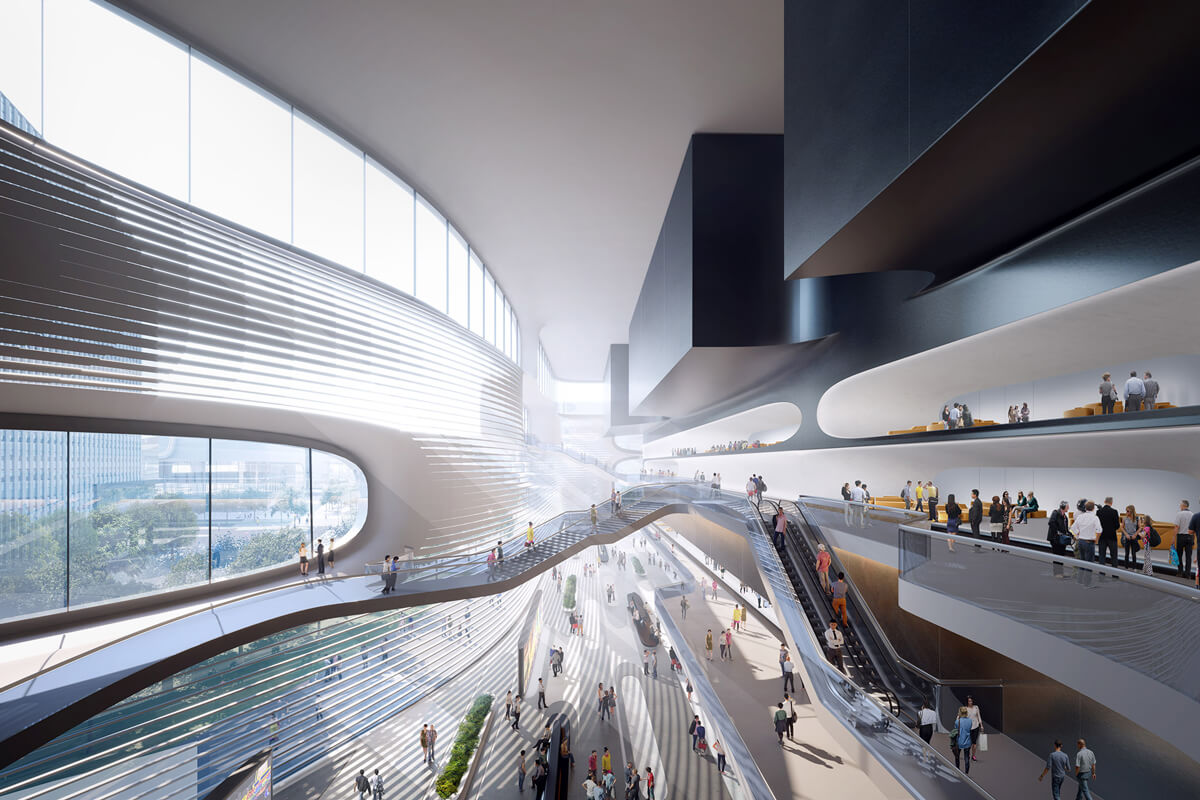
The technology could reduce costs, as one could do many things with the same program. Should an architect not like the images produced, it is cheaper to go back to the drawing board at this stage than at the time when the building is already built. It is also a more effective tool for selling real estate as the final buyer has a more realistic view of his dream home and can incorporate changes before completion.
He can already cook, invite friends and throw a virtual party. If he does not like it, he can reject the purchase and only pay for the costs of the imagery. So this is a very cost-effective tool when clients become more familiar with it. It may become a necessity. The main advantage is that the final product can already be seen in weeks and not in months or years when the building is completed. Seeing it virtually for the first time also produces an immediate emotional impact and not one which is based on discussion or analysis. In this way, it is more effective as well.
Thomas believes that it is necessary to be constantly looking outside of one’s sphere and not to always follow the rules. On the other hand, he advises not to jump onto every new technological bandwagon that comes along as it should comply with what clients want as well as the core values of the business. Yet he has a good feeling about virtual reality software as it increases his tool palette and allows him to offer his clients new perspectives. Nonetheless one should be aware of its limitations and to stick within reasonable boundaries.


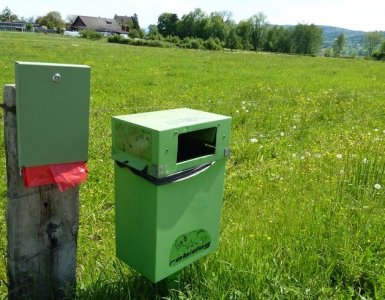


Add comment